Principal Investigator
My CV can be downloaded here.
My PhD thesis can be downloaded here.
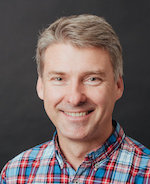
Contact information:
Department of Bioengineering
College of Engineering
Temple University
1947 N. 12th Street
Philadelphia, PA 19122
Phone: +1 215-204-3056
Email:
Postdocs
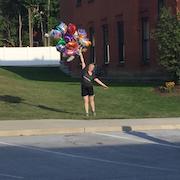
Contact information:
Email: kathymkeefe@temple.edu
PhD Students
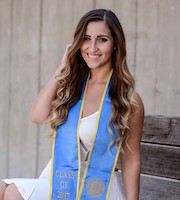
Contact information:
Email: jaclyneisdorfer@temple.edu@temple.edu
Contact information:
Department of Bioengineering
College of Engineering
Engineering Building, 1947 N. 12th St.
Temple University
Philadelphia, PA 19122
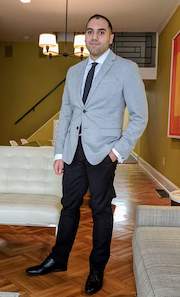 George is hard at work on our Neilsen Foundation project - using a transgenic rat line to drive the chemogenetic tools known as DREADDs in specific neurons to understand their role in recovering from spinal cord injury. He joined us from Lebanon and is now well known for his amazing appetizers!
George is hard at work on our Neilsen Foundation project - using a transgenic rat line to drive the chemogenetic tools known as DREADDs in specific neurons to understand their role in recovering from spinal cord injury. He joined us from Lebanon and is now well known for his amazing appetizers! Contact information:
Email: george.moukarzel@temple.edu
Department of Bioengineering
College of Engineering
Engineering Building, 1947 N. 12th St.
Temple University
Philadelphia, PA 19122
Undergraduates
As of summer 2019, we have a ton of cool projects going on with and driven by our undergraduate research assistants. Our dynamic group currently includes Kaitlyn Rauscher, Morgan Rollins, Hanna Sobotka-Briner, Gabby Gordon, Thao Vo, Ian Junker, Justin Mormon, Majd Tobaje, Julia Breneman, Emma Craparo, Joe Woolerton, Kyle Schwab, Parth Kansagra, Garrett Benner, Thang Le, Omeed Hurtabise, Mollie Senior, Emily Nice, and Rachel McDonald.Alumni
Contact information:
Department of Bioengineering
College of Engineering
Engineering Building, 1947 N. 12th St.
Temple University
Philadelphia, PA 19122
Contact information:
Department of Bioengineering
College of Engineering
Engineering Building, 1947 N. 12th St.
Temple University
Philadelphia, PA 19122
Contact information:
Department of Bioengineering
College of Engineering
Engineering Building, 1947 N. 12th St.
Temple University
Philadelphia, PA 19122
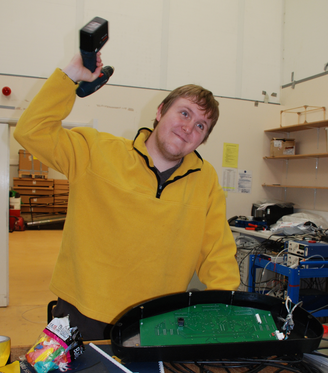
Contact information:
Email: swilshin@rvc.ac.uk
Structure & Motion Laboratory
Hawkshead Lane
Hatfield, Hertfordshire AL9 7TA
UK

Contact information:
Email: tuf84240@temple.edu
Department of Bioengineering
College of Engineering
Engineering Building Room 823, 1947 N. 12th St.
Temple University
Philadelphia, PA 19122
Contact information:
Email: paul_shamble@fas.harvard.edu
Shamble Lab
Northwest Building, 52 Oxford St., #359.30
Cambridge, MA 02138 USA
(+1) 617 496-1077

Contact information:
Email: aliedtke@rvc.ac.uk
Office +44 (0) 1707 666425
Structure & Motion Laboratory
Hawkshead Lane
Hatfield, Hertfordshire AL9 7TA
UK
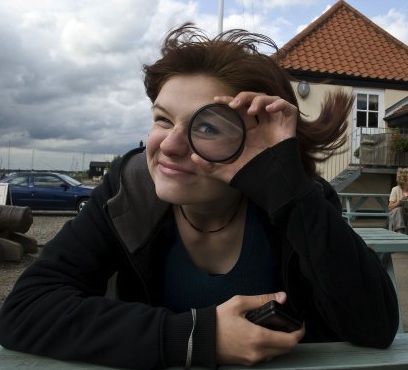 Michelle did her undergraduate research projects with the group on questions of gait adaptability and neural feedback in locomotion, respectively. Her second year project looked at the gaits of dogs on rough terrain: and came to the fascinating conclusion that at walking speeds dog gait moves toward trot on the rough. She followed this up with a study of cockroaches running on a rough terrain treadmill. Here, she found that antennal feedback does not appear to stabilise the cockroach locomotion, suggesting that other mechanisms provide stabilty.
Michelle did her undergraduate research projects with the group on questions of gait adaptability and neural feedback in locomotion, respectively. Her second year project looked at the gaits of dogs on rough terrain: and came to the fascinating conclusion that at walking speeds dog gait moves toward trot on the rough. She followed this up with a study of cockroaches running on a rough terrain treadmill. Here, she found that antennal feedback does not appear to stabilise the cockroach locomotion, suggesting that other mechanisms provide stabilty.Congratulations to Michelle! She has just won a studentship on the London Interdisciplinary Biosciences PhD Program! And now Michelle has joined the Spence and Daley groups to do her PhD on multilegged gaits in spiders and robots. She'll be working to understand how spiders maintain robust locomotion in the face of losing legs, and then programming a Robugtix T8X robot with the control architectures she quantifies in the animal.
Contact information:
Structure & Motion Laboratory
Hawkshead Lane
Hatfield, Hertfordshire AL9 7TA
UK
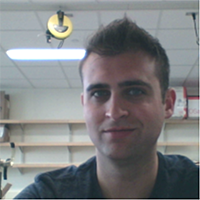 Christian Valenti is currently an undergraduate Electrical Engineering major at Temple University. He is originally from Binghamton, NY. His interests include robotics, computers, controls, and automation.
He is currently assisting Dr. Spence in the development of an actuated treadmill system that can perturb running cockroaches and mice. He also plans to help carryout canine controller robot experiments collectively with Dr. Spence and the Kod*lab at UPenn using the XRL hexapedal robot.
Christian Valenti is currently an undergraduate Electrical Engineering major at Temple University. He is originally from Binghamton, NY. His interests include robotics, computers, controls, and automation.
He is currently assisting Dr. Spence in the development of an actuated treadmill system that can perturb running cockroaches and mice. He also plans to help carryout canine controller robot experiments collectively with Dr. Spence and the Kod*lab at UPenn using the XRL hexapedal robot.
Contact information:
Department of Bioengineering
College of Engineering
Engineering Building, 1947 N. 12th St.
Temple University
Philadelphia, PA 19122
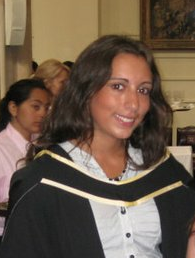 Caragh did her undergraduate research projects with the group on the control of quadruped locomotion on soft surfaces, and on the dynamics of insect running with and without antennal feedback. Caragh looked at dogs trotting on surfaces of four different stiffness, and make the interesting discovery that dogs, unlike humans, do not appear to stiffen their (virtual) leg spring. This has interesting consequences for biology and engineering--dogs may not stiffen their legs because their are inherently much more stable in pitch.
Caragh did her undergraduate research projects with the group on the control of quadruped locomotion on soft surfaces, and on the dynamics of insect running with and without antennal feedback. Caragh looked at dogs trotting on surfaces of four different stiffness, and make the interesting discovery that dogs, unlike humans, do not appear to stiffen their (virtual) leg spring. This has interesting consequences for biology and engineering--dogs may not stiffen their legs because their are inherently much more stable in pitch.Contact information:
Structure & Motion Laboratory
Hawkshead Lane
Hatfield, Hertfordshire AL9 7TA
UK

